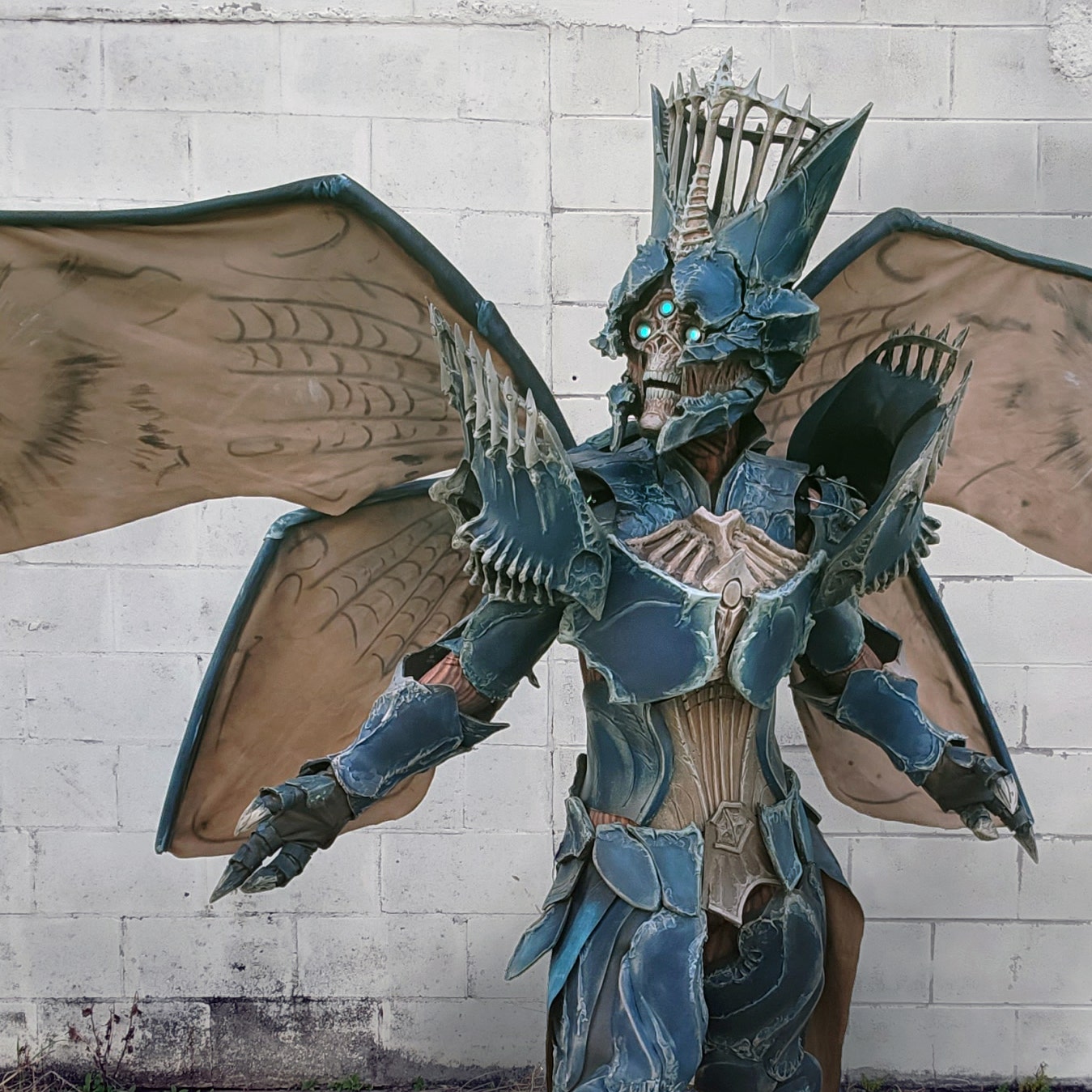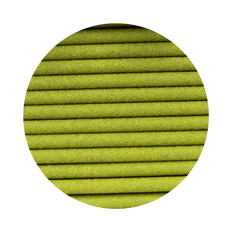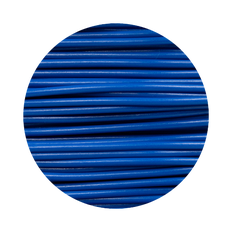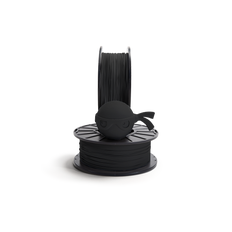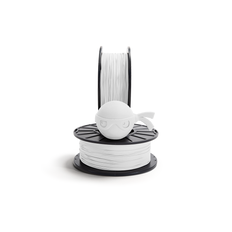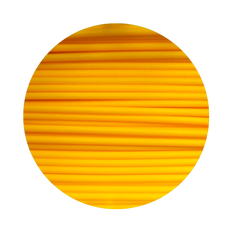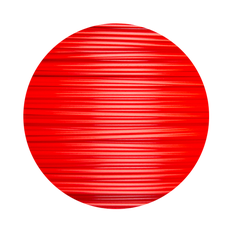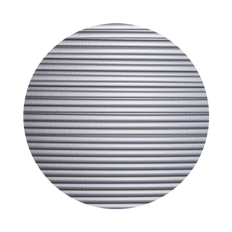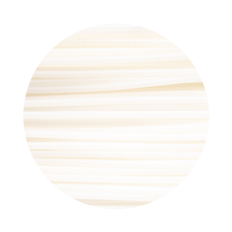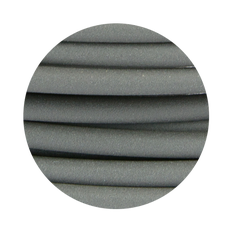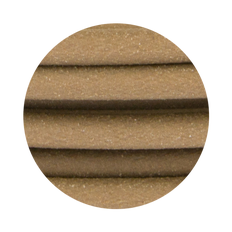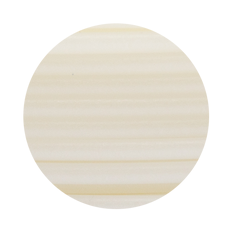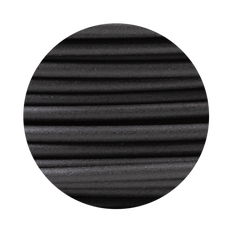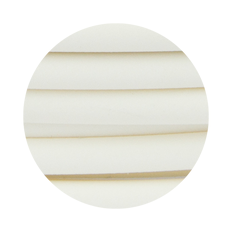IS 3D PRINTING COSPLAY THE SOLUTION FOR YOU?
"HELLO, OLD FRIEND..."
"I shall discorporate, so that I exist wherever my schemes and conspiracies also exist. And so I will be immortal, as long as anyone seeks to understand me and fails." - Savathûn
The Witch Queen, the main antagonist in the game Destiny 2 by Bungie (2019). Picture: Willow Creative
Cosplay is an ever-growing, creative subculture around the world, and 3D printing has made it more accessible than ever before. Whether you’re looking to create props, armor, masks or accessories, 3D printing can help you achieve the look you want in no time.
We’ll explore the basics of 3D printing for cosplay. We’ll take a look at some of the most popular filaments for cosplay, as well as some tips and tricks for getting the best results. And Willow will tell you about some of her work, experiences and usage of LW-PLA.
So, if you’re ready to take your cosplay to the next level, read on!
SAVING TIME, MONEY AND A WHOLE LOT OF BACK PAIN!
Cosplay costumes and props can be a heavy thing to carry around. Let's change that with LW-PLA!


A GAME CHANGER IN EVERY ASPECT
“LW-PLA has been one of my go to filaments for years now. As a costume creator, one designs a prototype outfit for every project. 3D printing has created a huge advance in assisting this process as the king of prototype production.” - Willow Creative
Whether you’re looking to create props, armor, masks or accessories, 3D printing can help you achieve the detailed, high-quality look you want. 3D printing allows you to create costumes that are highly accurate and detailed. Plus, with a little creativity, you can make your 3D-printed cosplay project as simple or complex as you want, making it a time saving option.


SAVING YOUR SHOULDERS
"The unique properties of LW-PLA present a lot of concept ideas for making parts for a costume. The biggest advantage is, of course, the reduced weight of the 3D-printed part. This makes for a big difference, for a costume can quickly become quite heavy.
Parts are often inconvenient to wear, especially for several hours a day. The more a piece weighs, the more friction and energy it exerts on the wearer. To be able to save more than half on the weight thanks to 3D parts is ideal." - Willow Creative


A TIME- AND MONEY-SAVING SOLUTION
"It's not just the reduced weight that is a big advantage with this type of filament. LW-PLA expands during the printing process, resulting in 1 spool lasting effectively as long as 2 spools of 'normal' filament, or even longer.
The process also gives a very matte and smooth result on a 3D-printed part, the lines that arise in a 3D print are almost non-existent. The filament is also easy to sand or cut, making the entire process even faster and easier, resulting in a rapidly produced end product following printing." - Willow Creative
Costume design made easier
"A layer of casting resin (epoxy resin) is an ideal finish to strengthen LW-PLA. The foamed filament absorbs this resin extremely well and makes for a very strong and highly improved part. Cast resin is already used to reinforce and smooth out other filaments, so it is ideal as a finishing on LW-PLA.
LW-PLA also absorbs paint and glue very well, and is well suited for usage without having to make a mold.
Printing with LW-PLA takes a bit more skill than your regular filament. It takes some insight to ensure that your 3D-printed parts are printed with the best results because of the foaming process. This is something that takes a bit of practice and is dependent on the users preferences. LW-PLA does not print with the same speed as regular filaments. I personally don’t find this to be a problem, as it makes for a higher quality print! The last ‘disadvantage’ in my review of this filament is that LW-PLA prints are a bit more fragile than regular PLA-printed parts. A costume with many thin protrusions is less solid than one part, which has a thicker volume.
In conclusion, LW-PLA is making it easy and economical to 3D print, light and comfortable for the wearer, and an excellent material for accepting resin and paint to finish your design. It does take a bit of practice and skill. Using LW-PLA as a foam-like material, costume designers can create detailed and comfortable parts without molds or cutting out handmade designs, saving time, money and a lot of back pain!"
Video: Willow Creative
CHOOSING THE RIGHT FILAMENT FOR EVERY PROJECT
With so many filaments out there, it is hard to know which one is best for you. Here's a short introduction as to what each
type of filament can do for the look and feel of your projects!
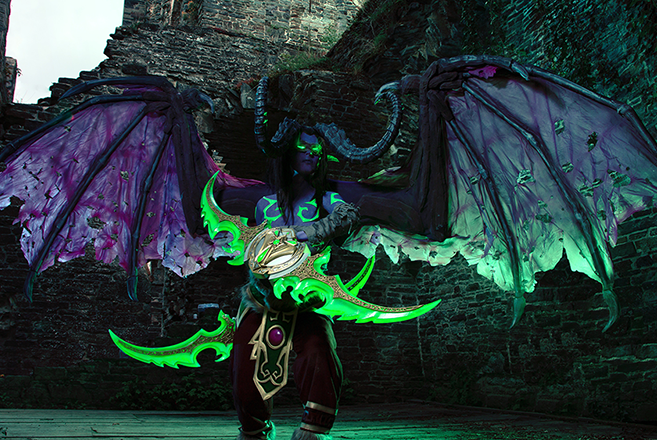

Lightweight head gear and props!
LW-PLA is the solution for back pains, aching shoulders, sore fingers and those long hours of carrying around hefty props. Printed parts are light as a feather, yet retain excellent strength and are easy to cut, trim and sand.
LW-PLA reduces the weight of printed parts up to 65% compared to regular PLA!
Control extruded volume of material by regulating printing temperature. At around 230°C (446°F), PLA starts foaming and can increase its volume by nearly 3 times.
With one spool of LW-PLA, you can print as much as with 3 regular spools of PLA due to the 3x lower material multiplier/flow. Easy to cut, trim, sand and takes paint really well.
Available in 6 colors: Natural, Black, Gray Silver, Green, Yellow and Red
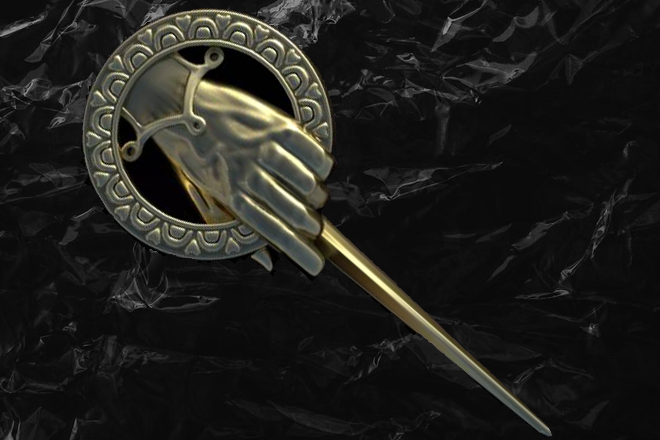

A natural appearance.
The first of its kind – a filament containing actual metal! It is as highly dosed as possible for FDM/FFF 3D printing!
bronzeFill, copperFill, and steelFill look amazing, but are about three to four times as heavy as regular PLA. For cosplay, however, it can be of great use for jewelry, adornments, details for weapons and armor, or, for example, printing the 'Hand of the King' pin from the TV show Game of Thrones/The House of The Dragon.
woodFill, corkFill, and stoneFill are three of our other filaments with a very natural look, without the added weight of the natural products which they are named after. So if you want your wooden beer mug to look natural, but without the hassle of sculpting wood for days, or if you want a stone mask to look just like the real thing, these filaments might just be the solution for you!


GLOW-IN-THE-DARK OR GLASS-EFFECT?
Want to walk around Comic Con, gamescom or TwitchCon with amazing props that glow-in-the-dark? Then glowFill is the way to go! This creamy looking filament with very smooth finish transforms into a glowing source of light when the lights go off, making it a great filament for conventions.
A special, highly-concentrated phosphorescent pigment is matched with our PLA/PHA compound, allowing it to print just like our other PLA/PHA 3D printing filaments. It is by far one of the most fun filaments!
If you’re solely in need of a glass-effect for fitting with LEDs, make sure to check out PLA/PHA Green, Red or Violet Transparent. These see-through filaments transmit light really well and make for a high-quality look.
In the above picture, we printed a Glass (Malachite) War Axe from Skyrim with PLA/PHA PALE GOLD and PLA/PHA Green Transparent.


Flexible and bendy
We have taken TPU… and made it special by using the same foaming technology we debuted with LW-PLA.
Our varioShore TPU has a few primary distinctive features: its variable shore hardness, reduced weight and density, and soft touch. varioShore TPU allows users to vary the density of the material by adjusting temperature and material throughput (speed & layer height).
At temperatures between 200°C (392°F) and 250°C (482°F), the materials start to expand to roughly 1.4-1.6 times their original volume, which reduces the density to 0.5 to 0.6 g/cm³. This means the material can be printed at low flow rates (60-70%) to compensate the active foaming, which in return gives very soft printed parts.
Between 190-200°C (374-392°F), the material can be printed without foaming, resulting in different haptics and harder prints compared to foamed samples.
So if you want to walk around Dreamhack comfortably, check out varioShore TPU.
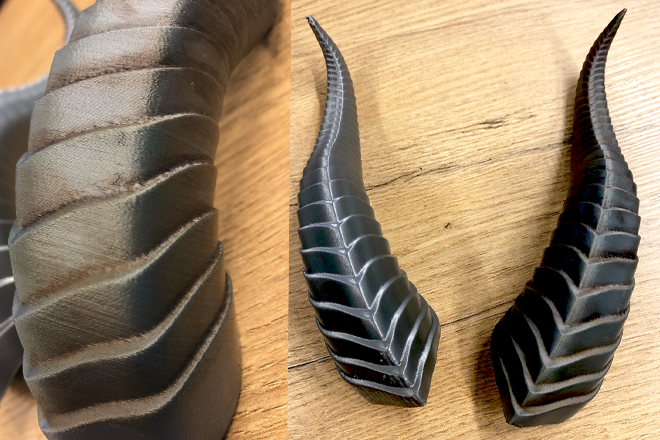

Let's keep it simple.
Not looking for all these extra effects, properties and characteristics? Just starting out with experimenting how to apply 3D printing to your cosplay? Regular filaments are a good place to get started.
With nGen, colorFabb and Eastman Chemical Company have released an all-round, easy to use 3D printing filament for a wide range of applications. nGen as it is: pure and without any additives. Also available in a metallic gold and silver, making it great for printing robotic or ornamental parts!
We get it, the printer in itself was expensive enough to begin your 3D printing journey. So let's save you some money on filaments, without giving up quality!
The pro users choice: PETG Economy. It is our go-to filament for functional 3D printing without breaking the bank. A very smooth Gray shade, not unlike the color you find in hardware stores.
Want to go big? We offer XL spools of PLA Economy in a few colors to keep it affordable. Ideally suited for users who print serious volumes. In the picture above we used PLA Economy Silver. The right and left one have been finished with a paint job, the middle one is straight off the printer!


All the colors of the rainbow
Don't feel like sanding, painting or settling? We've got your back fam. With Color on Demand, we can match any and every classic RAL color out there.
So, are you looking to print MARVEL Cap's shield, or perhaps you feel like cosplaying as Aloy and need to print a chest-part in RAL 6027 for her Banuk Trailblazer armor in Horizon Zero Dawn? No matter your needs, Color on Demand is the time-saving hero in your 3D printing cosplay journey.
Color on Demand is a one of a kind service, the first in the world. At colorFabb, we produce your preferred color on demand. Choose from nearly 200 RAL colors or have your own color matched. All Color on Demand (only available as PLA) is made to order so the stock level is always zero.
Making a Rainbow Smash Unicorn Pickaxe from Fortnite with its proper colors has never been this easy!


One of cosplayers' favorite design software tools is Fusion 360.
Fusion 360 is a powerful 3D CAD solution for product development and manufacturing. It is used by engineers and designers to create, iterate, and test designs before they’re sent to production.
Fusion 360 is free for students and hobbyists, and it is a great tool for learning 3D design and CAD. You’ll be able to create amazing 3D designs in no time!
Blender is a free and open-source 3D creation suite. It supports the entirety of the 3D pipeline — modeling, rigging, animation, simulation, rendering, compositing and motion tracking, even video editing and game creation.
Other software tools worth looking into when starting out with 3D printing include Meshmixer, Cura and Simplify3D.
3D printing saves you time molding, casting and making casings for molds. It enables you to print small parts, fine details, and either small or large props, parts, and costumes in no time. This long-term investment will reduce cost, reduce waste, is cost efficient, and will save you loads of back pains and time.
Want to know more about how to apply 3D printing for cosplay purposes? Feel free to contact our product specialists – they’ll be happy to help get you started!
Meet our product hero Gijs!
Who knows all about LW-PLA, our special fills and all about regular PLA filaments.
Want to know more about how to apply 3D printing for cosplay purposes? Feel free to contact Gijs, who can tell you all about where to start with our materials!



